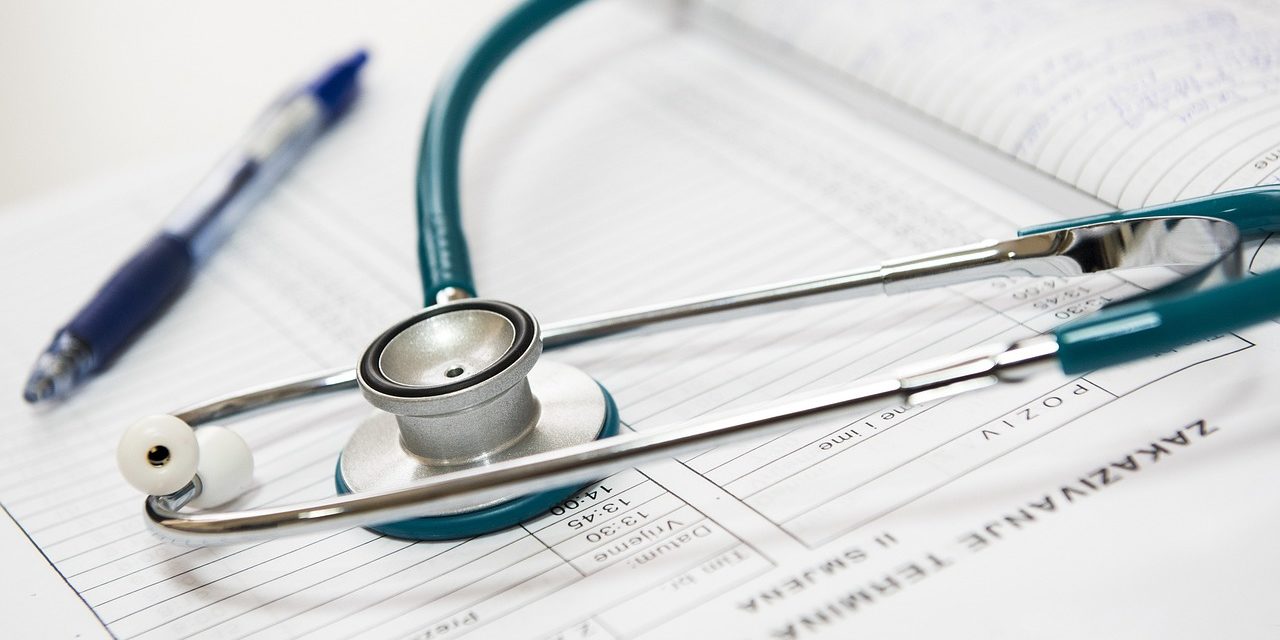Minister of Health Regulation Number 24 of 2022 concerning Medical Records issued a policy requiring Healthcare Facilities to implement an electronic patient medical history recording system. The transition process must be completed by December 31, 2023.
As cited from the article on sehatnegeriku.kemkes.go.id, this initiative aims to accelerate the adoption of technology for health data collection and provide ease in accessing and utilizing accurate and efficient data.
The Electronic Medical Record (EMR) will be accessible to patients through the SATUSEHAT application. SATUSEHAT is a Health Data Ecosystem Platform that connects and empowers the entire healthcare system and its users (the public). SATUSEHAT will integrate individual health data between healthcare facilities in the form of EMRs to support health data interoperability through digitization and standardization.
EMR has been implemented in many countries, including Singapore. Singapore has been actively implementing EMR systems to enhance healthcare efficiency, patient care, and data management. EMRs are an integral part of Singapore’s efforts to transform its healthcare sector through the use of digital technology. The implementation of EMRs in Singapore is guided by robust data protection and measures to ensure patient confidentiality with relevant privacy regulations.
From the perspective of healthcare facilities, the implementation of EMRs is highly beneficial when exchanging data with other medical professionals. Medical personnel no longer require a long time to receive and send patient medical records. However, data exchange requires a format that complies with the standards of other healthcare institutions. A specific standard for data exchange in the healthcare domain is FHIR (Fast Healthcare Interoperability Resource).
FHIR is an advanced-generation interoperability standard developed by the health software development organization Health Level 7 (HL7). FHIR is designed to facilitate the exchange of health data, including clinical and administrative data, in a faster and more efficient manner (HL7 Website). The main goal of FHIR is to create a data exchange standard that can be used across platforms, even with different software developments. By using standardized APIs, it becomes possible to create applications that can be integrated into EMRs.
FHIR simplifies the data integration process by using web standards and RESTful protocols, enabling different healthcare systems to communicate and share data directly through user-friendly APIs.
Once integrated, healthcare services, hospitals, laboratories, and other stakeholders find it easier to share information effectively without having to access data separately.
Furthermore, FHIR focuses on patient access to their health data. Patients can access and control their health data through suitable applications and APIs. This empowers patients to actively manage their health information and participate in healthcare decision-making.
In essence, leveraging HL7 FHIR makes health data exchange more efficient, secure, and standardized. It also allows healthcare providers to integrate their systems, saving time, reducing errors, and enhancing medical personnel coordination.
ERASYS Consulting is a collaborator of the Indonesian Ministry of Health in the development of EMR (Electronic Medical Records) and connection to the SATU SEHAT. Contact us to understand the potential interconnections for your hospitals or healthcare facilities.






